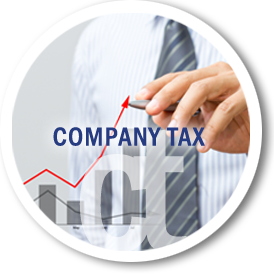Capital allowances are a great way to reduce your tax liabilities by claiming deductions on certain property-related expenses.
They allow you to offset the cost of capital expenditure – plant, machinery and certain fixtures – against your taxable profits, especially if you have invested in commercial properties or made major improvements.
Who is eligible to claim?
If you own property that generates income, you may be eligible to claim capital allowances.
This includes:
- Commercial landlords – If you rent out office spaces, shops, or warehouses.
- Investors – Those who purchase commercial properties for refurbishment and subsequent rental or sale.
If you are unsure whether you qualify for this allowance, please seek professional advice from an accountant.
What are the types of capital allowances?
Different types of capital allowances exist for property businesses in the UK, each with its own specific rules and requirements – because each asset serves a unique purpose.
These specific rules help ensure that businesses can fairly claim relief based on the nature and longevity of their investments, encouraging improvements and responsible spending.
Some of the most utilised allowances include:
- Annual Investment Allowance (AIA) – This allows you to claim 100 per cent of the cost of qualifying assets (like machinery and equipment) up to £1 million in the year of purchase, making it a great option for immediate tax relief.
- Writing Down Allowance (WDA) – For assets that exceed the AIA limit, the WDA lets you deduct a percentage of the remaining value each year, spreading your tax relief over time.
- Enhanced Capital Allowances (ECA) – If you invest in energy-saving equipment, you can claim 100 per cent of the cost in the year of purchase through ECAs, promoting environmentally friendly practices.
- Integral Features Allowance – This applies to certain building fixtures, such as heating and ventilation systems. You can claim capital allowances on the cost of these integral features over a longer period.
- Structures and Buildings Allowance (SBA) – This allows businesses to claim a 3 per cent deduction annually on the costs associated with constructing or renovating non-residential buildings and structures. It encourages investment in new and improved business infrastructure.
- Full expensing – Under full expensing, businesses can claim 100 per cent of the cost of qualifying machinery in the year of purchase, offering a way to write off the total cost upfront and supporting investment in business growth.
If you are not sure which of these you can claim, talk to one of our accountants. They’ll help you figure out what you are entitled to and find ways to reduce your tax bill.
How do you make a claim?
To claim capital allowances, start by identifying qualifying expenses and gathering any receipts or invoices you will need.
Then, calculate your claim and include it in your annual tax return, making sure everything’s to keep things smooth and hassle-free.
Your next steps
Whether you are an experienced or a first-time landlord, being savvy about capital allowances is key to enhancing your property’s profitability and ensuring your financial success.
By claiming the allowances you are entitled to, you can reduce your tax bill and reinvest those savings back into your property or other ventures.
If you have questions or need assistance with your capital allowance claims, our expert team is here to help.






